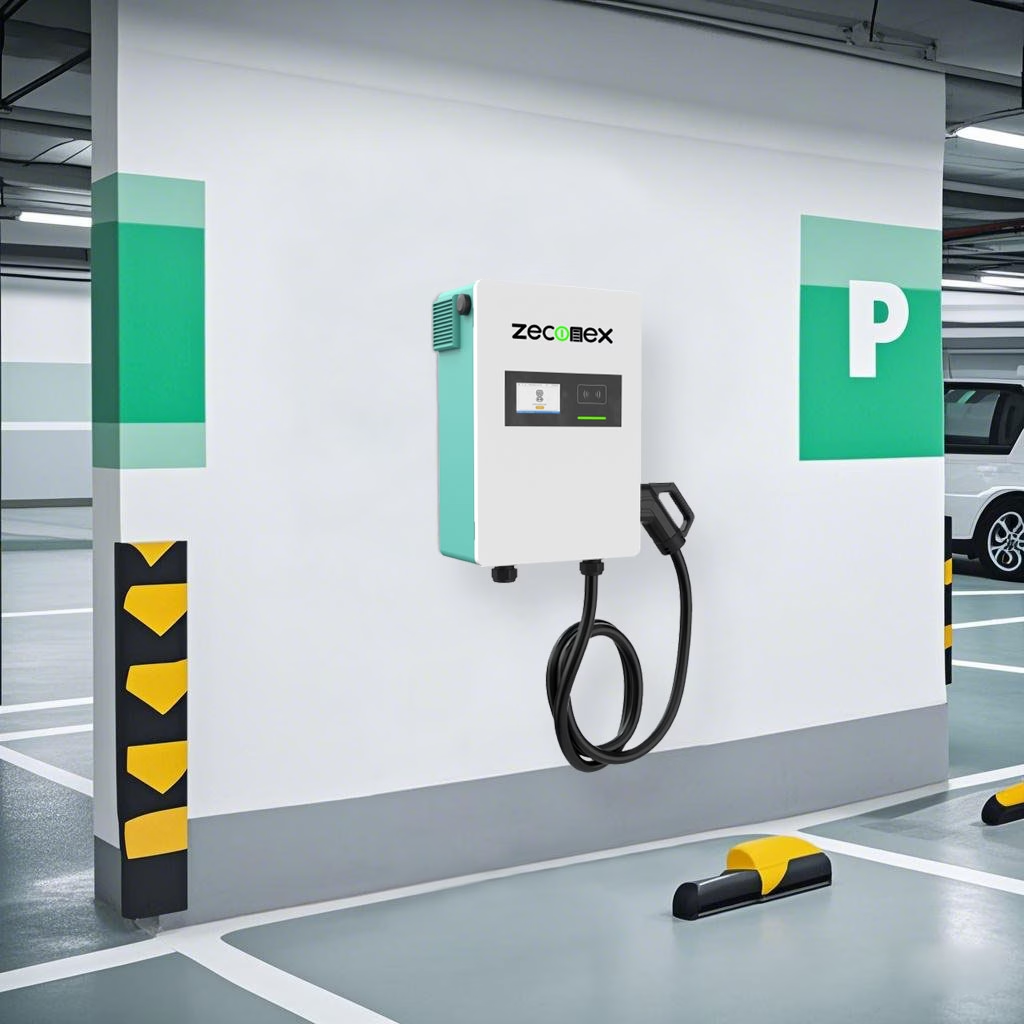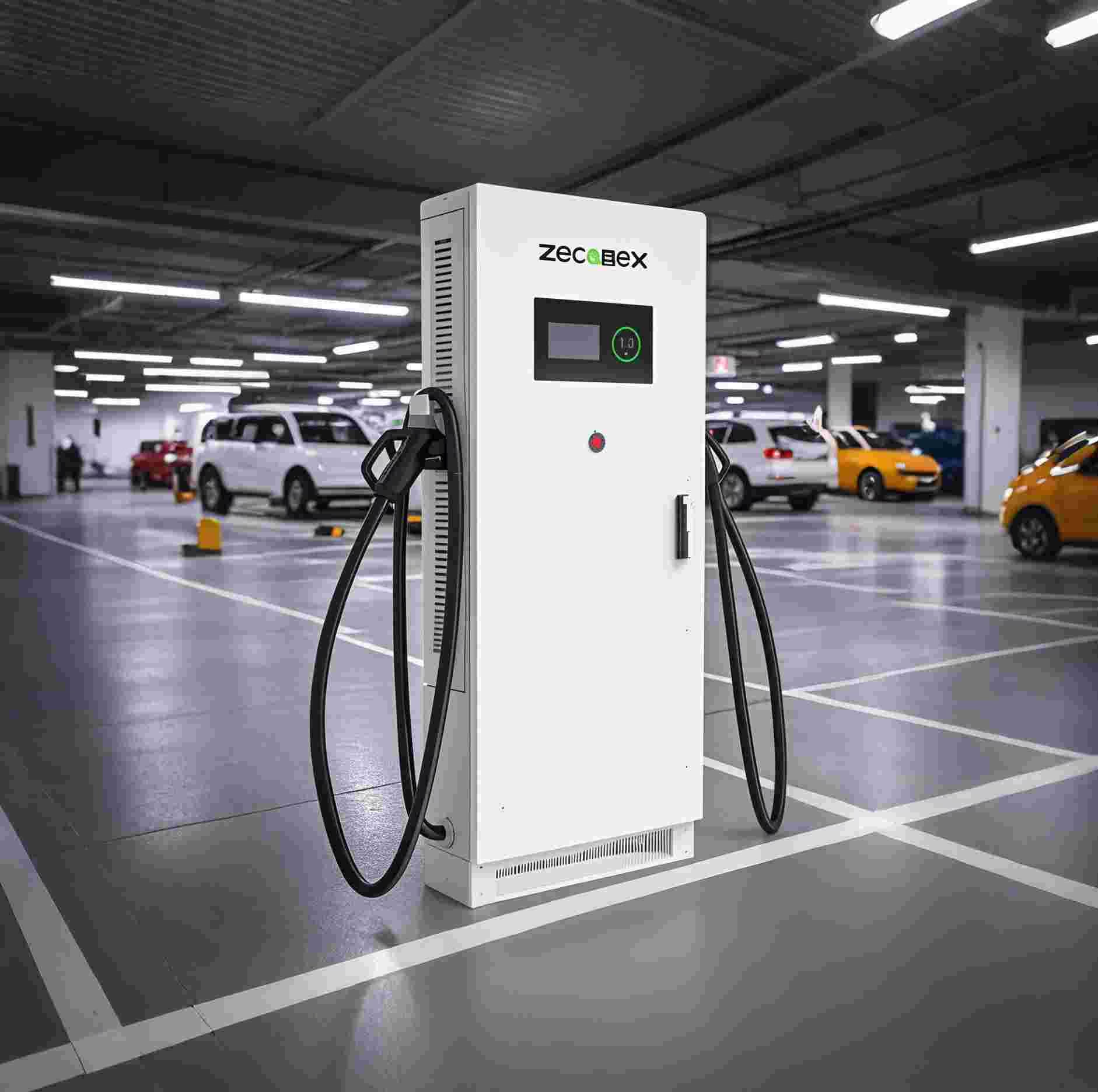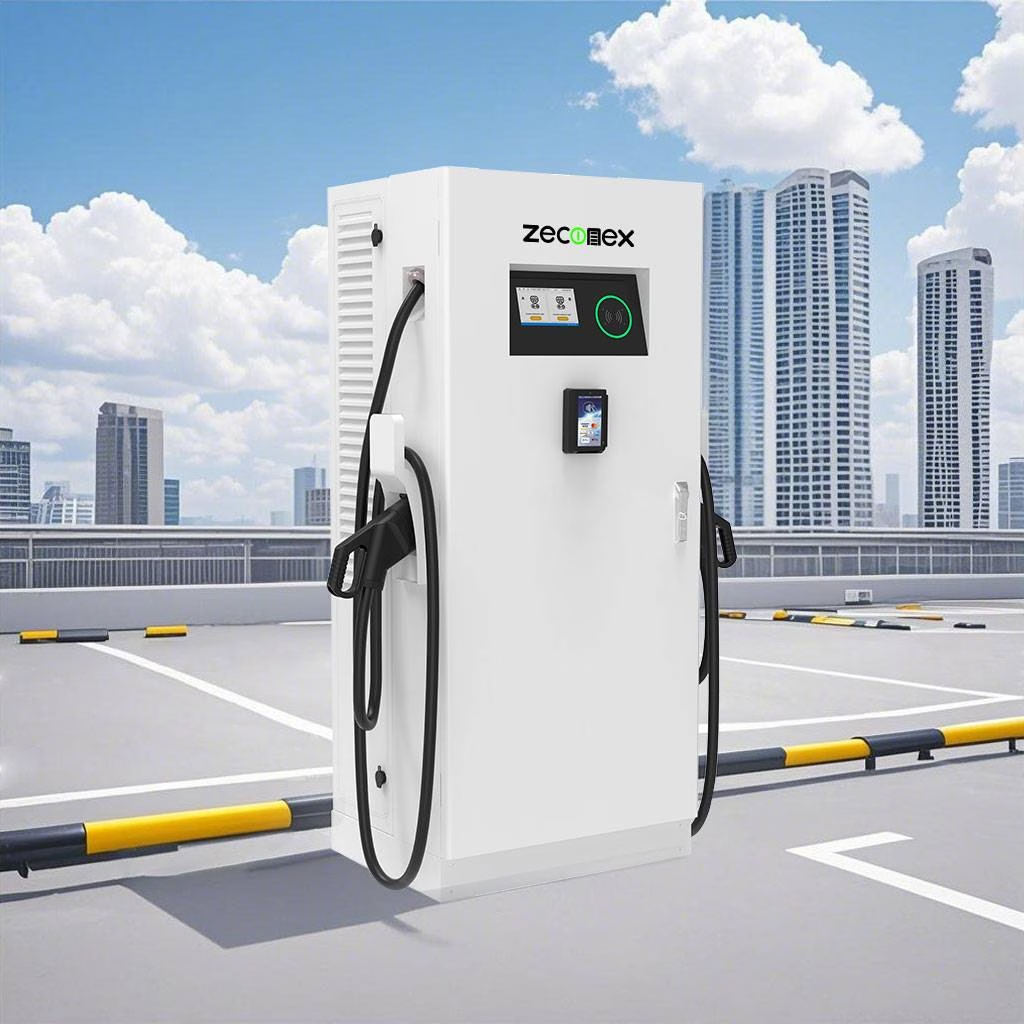In the booming wave of new energy vehicle industry, the market pattern of electric vehicle chargers, as the core link of infrastructure, is undergoing profound changes. As a Zeconex supplier that has been deeply engaged in the industry for many years, we have analyzed the underlying logic of the wholesale and retail markets, and found that there are significant differences between the two in terms of customer structure, operation mode and growth potential. Based on the latest industry data and practical experience, this article will reveal the truth of the market for practitioners and provide practical strategic recommendations.
Comparison of Market Characteristics: The Game of Scale and Efficiency
The wholesale market is typically characterized by “high turnover and low gross profit”. Taking 2024 data as an example, the global electric vehicle charger wholesale market size reaches 12 billion US dollars, with a stable annual growth rate of about 18%. Its core customer groups include charging pile operators, automobile dealers and engineering contractors, and the amount of a single order is generally more than $50,000 USD. Wholesalers need to have three core competencies: one is to lock in costs through futures procurement (such as 6 months in advance to lock in the price of the chip), the second is to build a nationwide warehousing network (the typical enterprise warehousing area of more than 20,000 square meters), and the third is to set up a fast-response logistics system (some enterprises to achieve 24 hours).
The retail market has demonstrated the agility of “small single quick reaction”. The online retail share of household chargers has reached 65%, and the offline channel is dominated by 3C stores and automotive stores. Retailers need to deal with two major challenges: the first is the difficulty of product SKU management (need to cover 12 categories from basic models to gallium nitride fast chargers), and the second is the short decision-making cycle of consumers (60% of the purchasing decision is completed within 3 days). The price sensitivity of the retail side is significantly higher than that of the wholesale side, and promotional activities can boost sales by up to 40%.
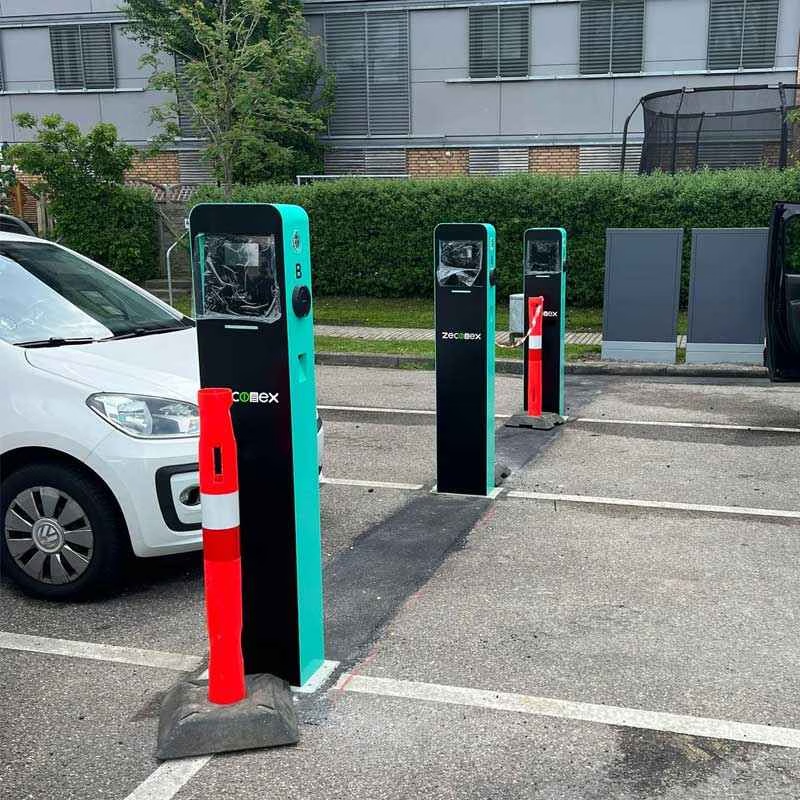
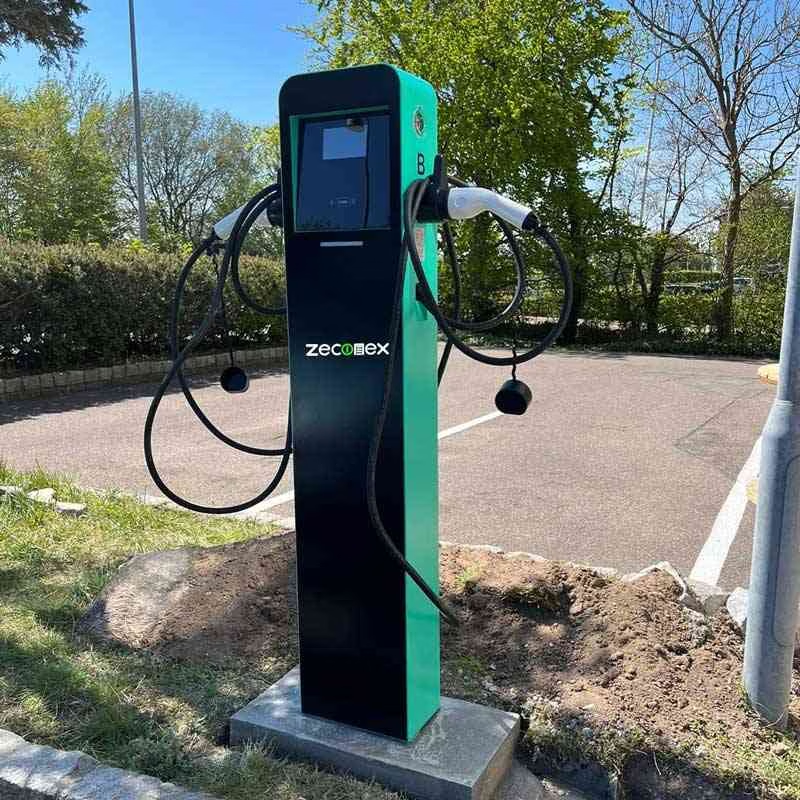
The Difference in the Operation Mode: The Essential Difference Between the B-Side and the C-Side
The focus of competition at the wholesale end is the ability of supply chain integration. Head enterprises build barriers through the following strategies:
Futures hedging: signing annual agreements with chip makers to lock in the cost of key components.
Vertical integration: some companies build their own PCBA production lines, increasing the self-sufficiency rate of core components to 70%.
Data-driven: IoT devices are used to monitor inventory turnover, reducing the risk of slow-moving products by 35%.
The winner at the retail end lies in the polarization of user experience. Typical playing styles include:
Scenario-based marketing: setting up experience areas at charging stations to demonstrate fast-charging effects (e.g. charging to 80% in 30 minutes)
Content seeding: cooperated with car bloggers to produce a charging efficiency evaluation video, which has been broadcasted over a million times.
Membership system: Launched the “Worry-free Charging Program”, providing free testing and trade-in services.
Analysis of Growth Potential: The Boundary Between Blue and Red Oceans
The wholesale market is ushering in structural growth opportunities:
Commercial fleet: sales of new energy logistics vehicles are expected to exceed 800,000 units in 2025, driving demand for fast charging piles of more than 20kW.
Power exchange station: Ningde Times and other companies to accelerate the layout, a single station needs to be equipped with 12-24 charging modules
Overseas market: EU unified charging interface policy has generated 3 million sets of export orders.
The retail market is facing three major changes:
Wireless trend: Q3 2024 wireless charger sales grew 210% year-on-year
Intelligent upgrading: the proportion of smart chargers that support APP remote control has reached 45
Value-added services: companies that provide installation services, charging pile insurance and other derivative businesses have increased their repurchase rate by 27%
Strategy Suggestion: The Way to Break the Situation for Wholesalers
For the characteristics of the wholesale market, we suggest:
Build a flexible supply chain: adopt the model of “strategic reserve of core components + dynamic procurement of general components” to cope with the fluctuation of raw material prices.
Develop value-added services: Launch charging pile operation and maintenance hosting service and charge 5% service fee according to the charging volume.
Laying out emerging channels: cooperating with car-sharing platforms to provide customized charging solutions.
For retailers, the key is:
Data-driven operation: increased conversion rate from 2.3% to 4.1% through user behavior analysis
Product portfolio innovation: Launched the “charger + cable + storage bag” package, increasing customer unit price by 60%.
Localization: set up community service stations in key cities to provide 2-hour emergency delivery.
New Product Recommendations
Future Outlook: The Era of Ecological Competition
With the maturity of V2G (Vehicle-to-Grid Interaction) technology, charging equipment will transform from a single function to an energy node. Wholesalers need to layout in advance:
Cooperate with grid companies to develop demand response systems
Develop V2G charging piles that support two-way charging
Build a microgrid solution of charging pile+energy storage+photovoltaic.
The retail end of the business requires attention:
Home Energy Management System (HEMS) integration
Virtual Power Plant (VPP) participation opportunities
Access to carbon credit trading platform
At the critical stage when the new energy vehicle industry is shifting from “policy-driven” to “market-driven”, the wholesale and retail markets are forming a complementary and symbiotic ecosystem. Wholesalers need to take supply chain efficiency as the core to build a moat, while retailers need to take user experience as the fulcrum to pry growth. As a participant in the industry, the only way to grasp the first opportunity in the change is to deeply understand the nature of the market.
Zeconex will continue to work hard on technological innovation, and work with its partners to promote the intelligent upgrading of the charging infrastructure, contributing to the building of a green mobility ecosystem.

